No, it is not a fandango from Huelva, a “Bulería” or any new “Palo Flamenco”, this is tourists killing “sand flies” or “Namu Namu” in Fiordland!
What are “Namu Namu”?
The sand flies are a little flies of about 5 mm living in humid places, especially in Fiordland and on the west coast of the South Island of New Zealand.
Males are vegetarian, but females need protein to lay eggs and that is why they suck the blood of penguins, small birds, seals and humans.
Maori and White man point of view
Captain Cook was the one who named the sand flies in the “Dusky Sound” fjord during his 1774 journey and he wrote: “Wherever they bite they cause a swelling and such intolerable itching that it is not possible to refrain from scratching “.
Are they really so terrible?
Everything is subjective and there are people who dislike more or less the presence of the sand flies.
Toski, a Japanese guy who came with a “working holidays” (allows you to study, work and travel for a year if you are under 30 years old), has a clear opinion about them:
Emma and Manuel, two travellers from Normandy, do not suffer much from the presence of the little fly:
And Lynn, born on the west Coast and working at the fun and interesting Camp Gunn (with a small museum about how they lived a hundred years ago the settlers, Homer tunnel workers, gold seekers, etc… of the area) is not bothered at all of its presence:
I personally have already learnt that it is necessary to go out covered like a mummy and use a lot of insect repellent in the exposed parts. When you take a break while hiking, it takes about 2 minutes to be surrounded by a small cloud of sand flies around your sweaty face. But I found the solution:
It´s not that aesthetic, but it is ecological, it allows you to see through it and works wonderfully. For some reason these Buff people from Igualada sell this fabric cylinder all over the world!
Cheers!
Yep yep Yep
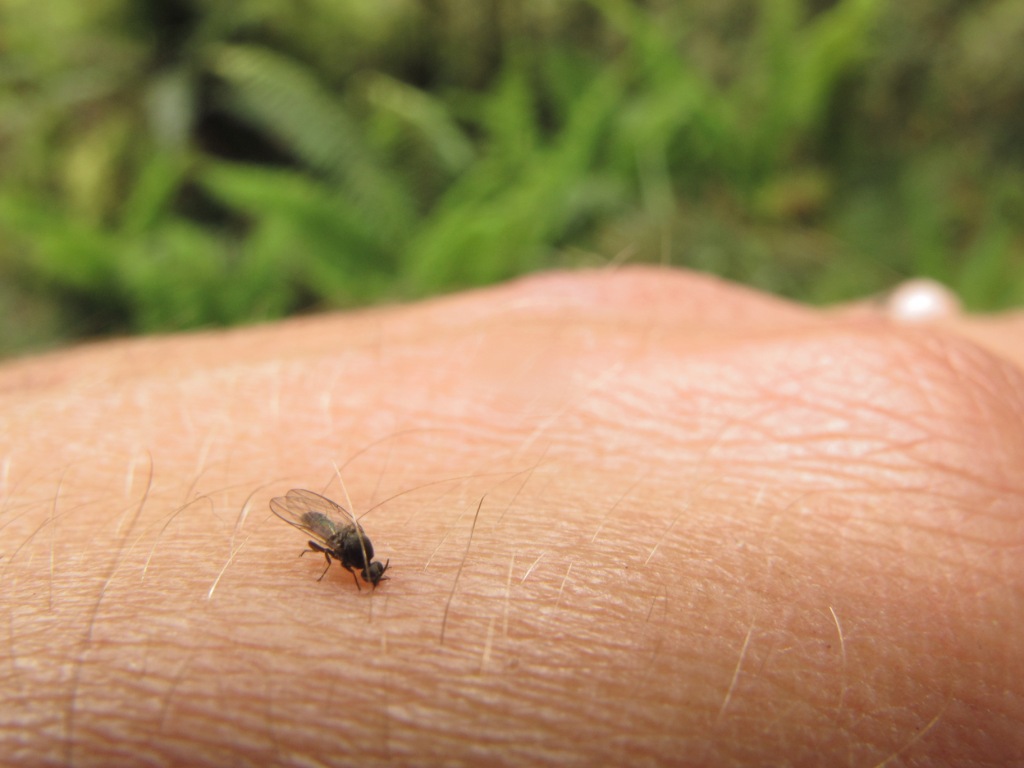
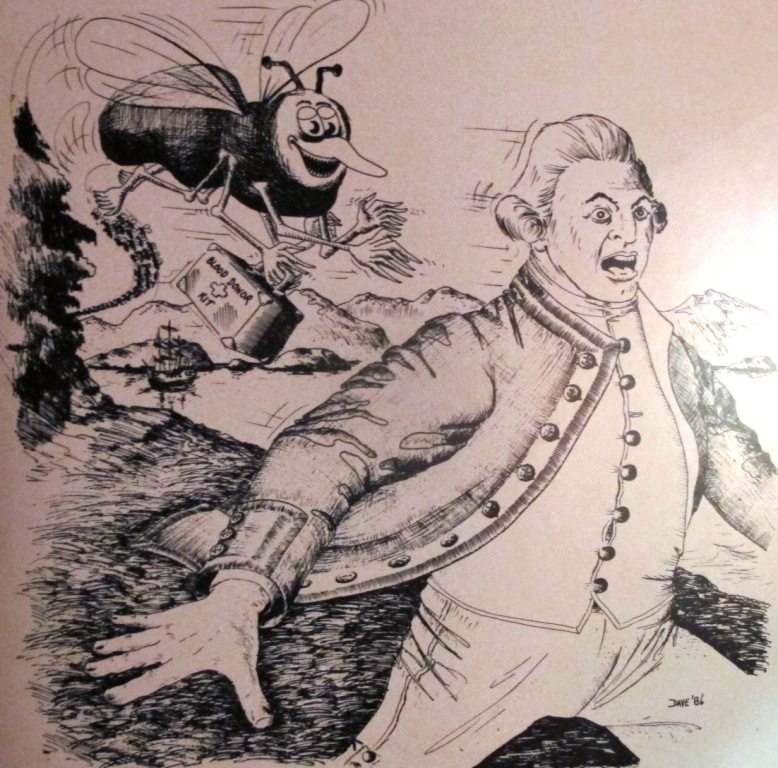
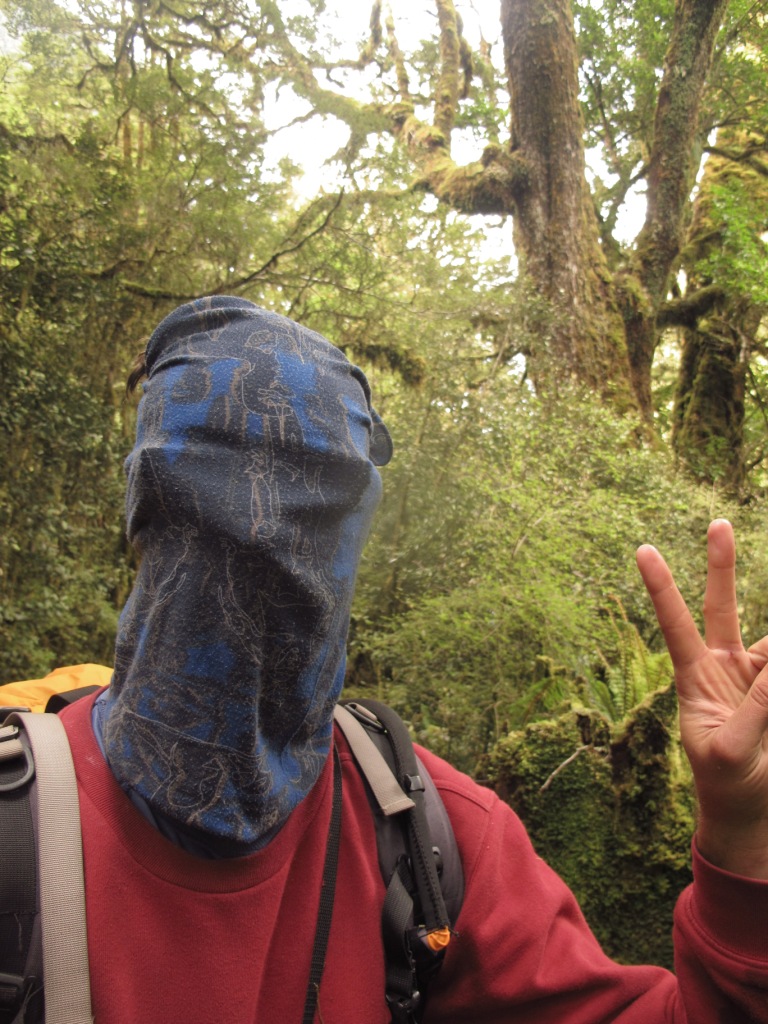

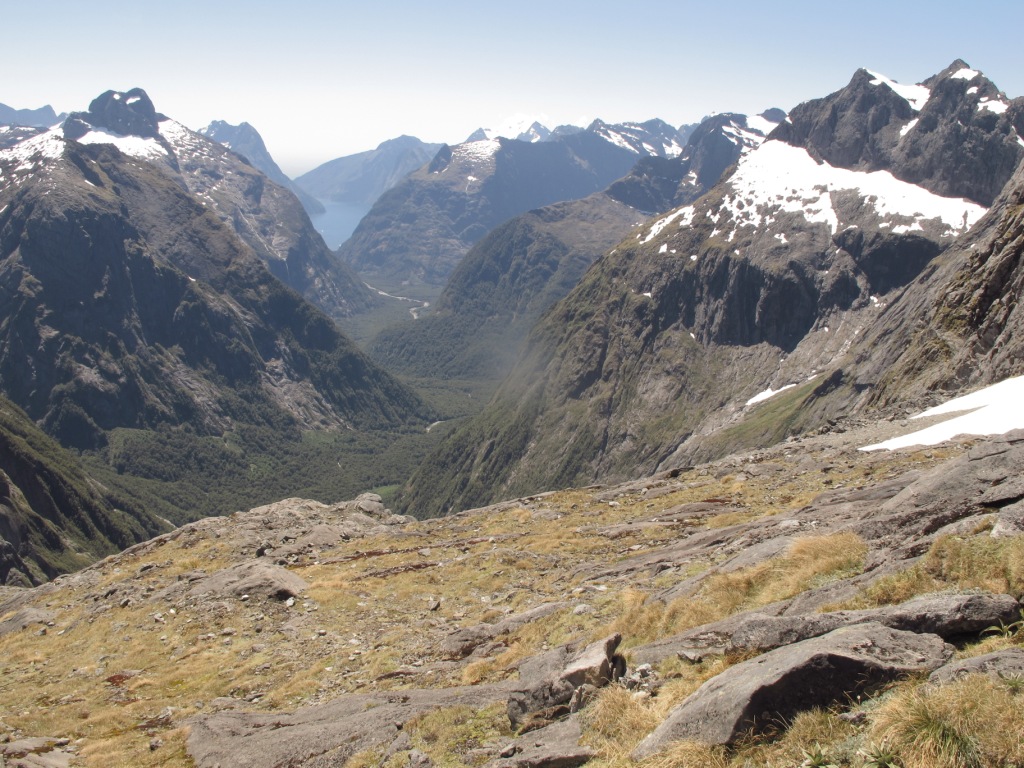
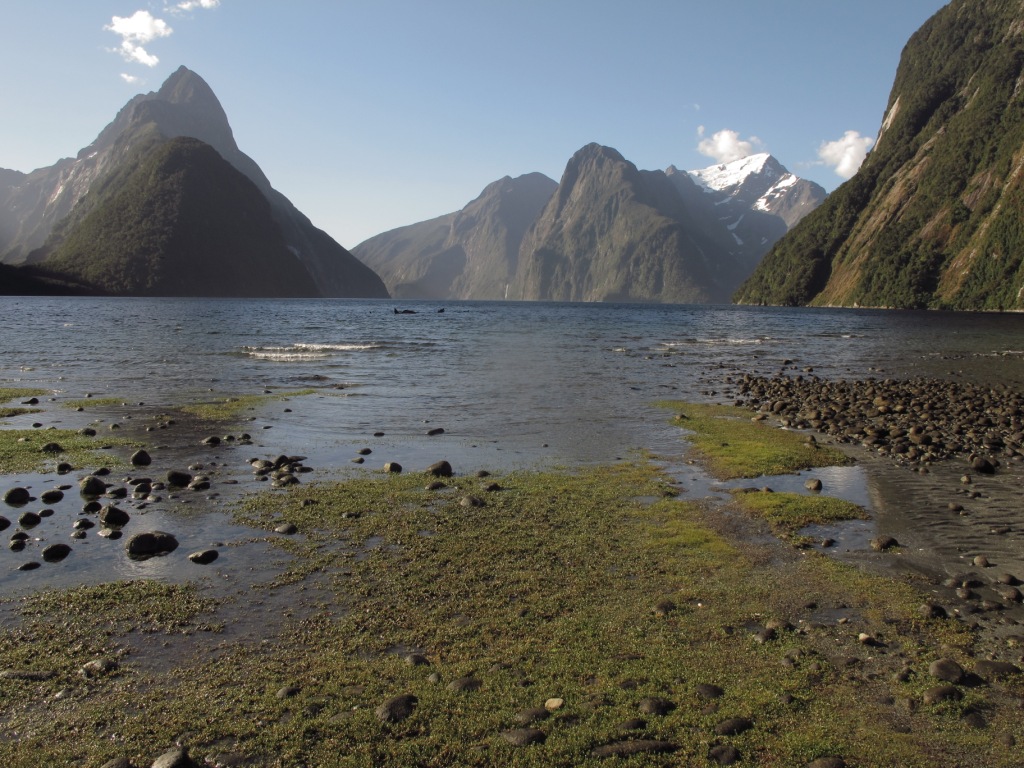
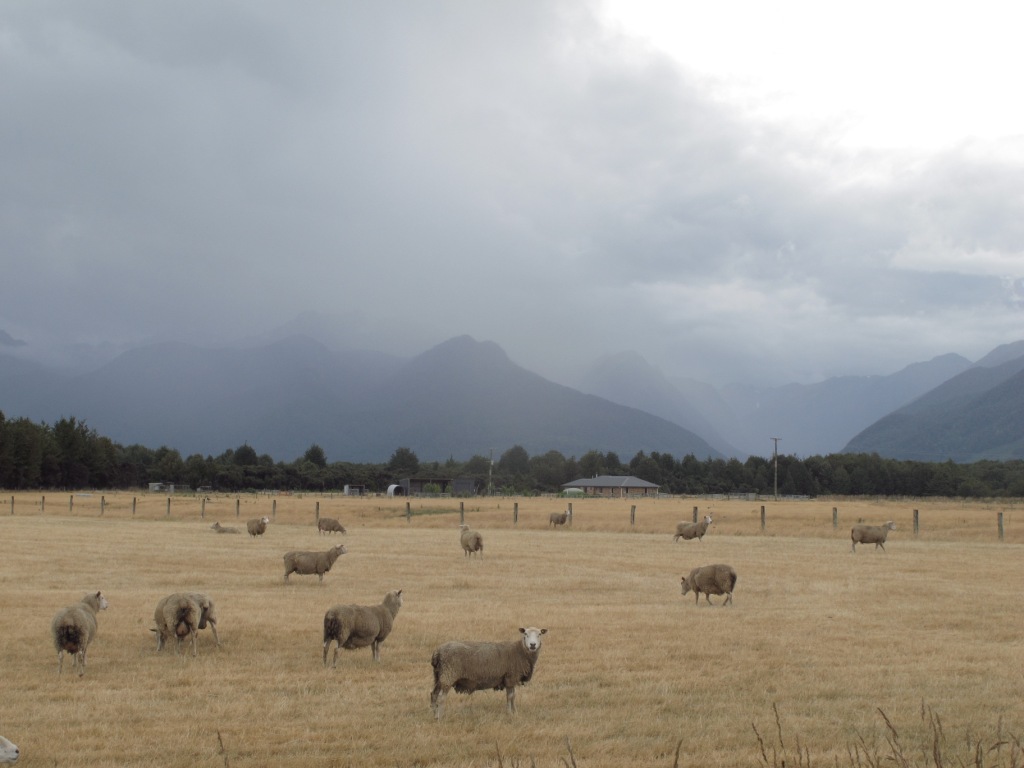
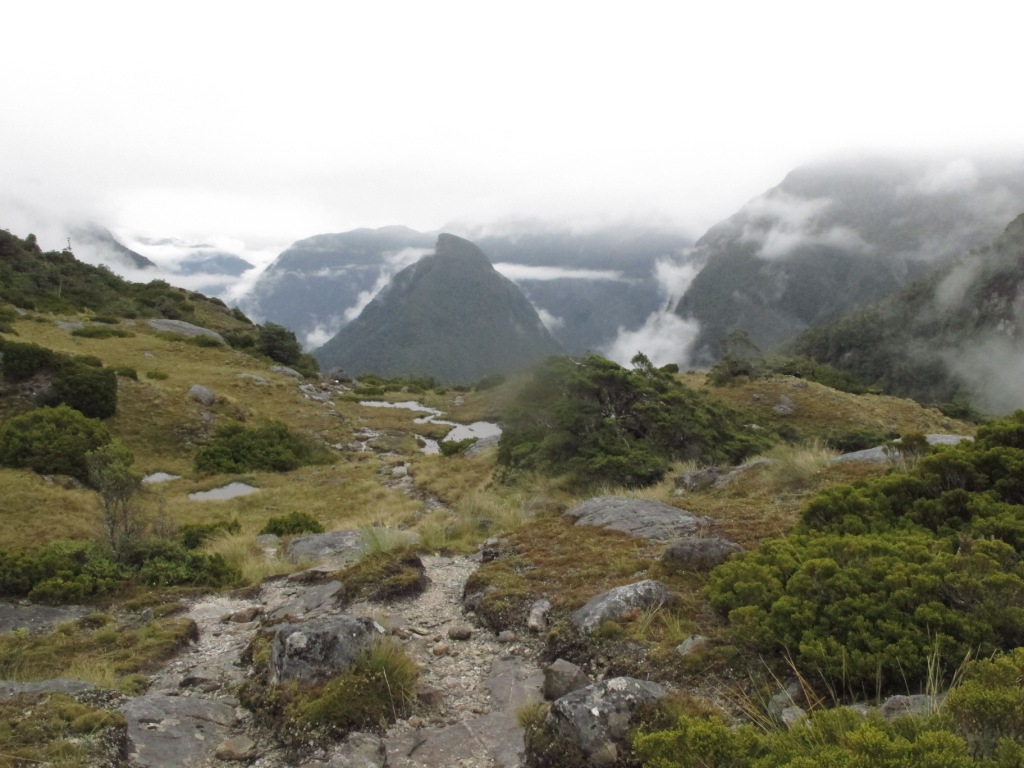
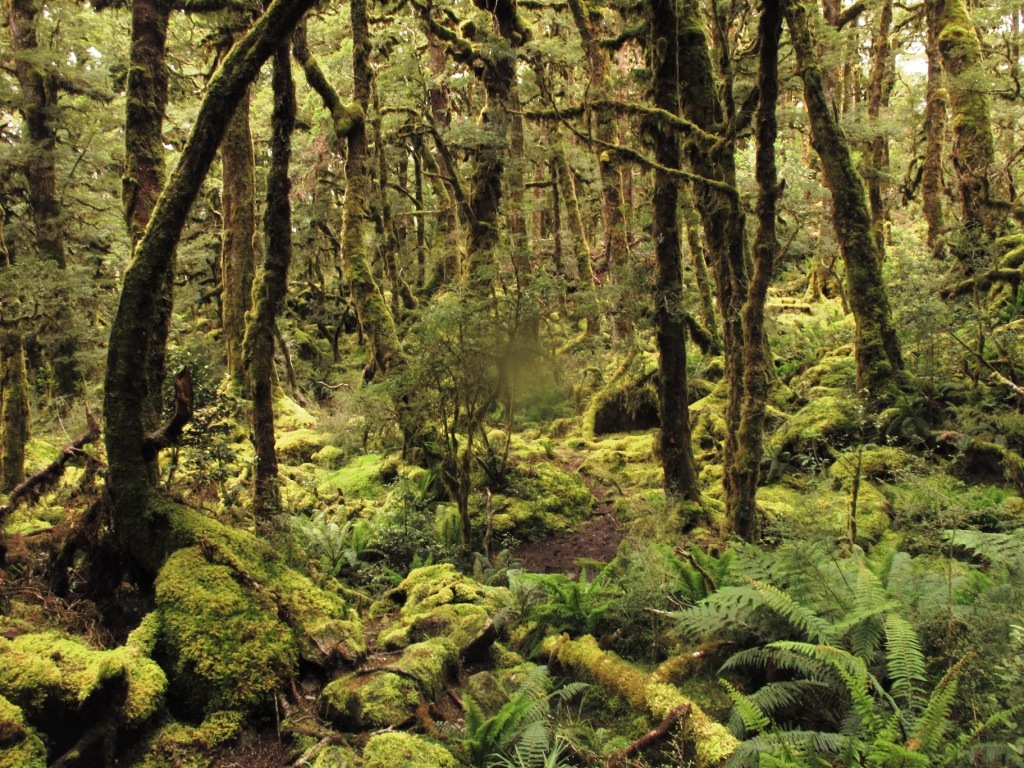
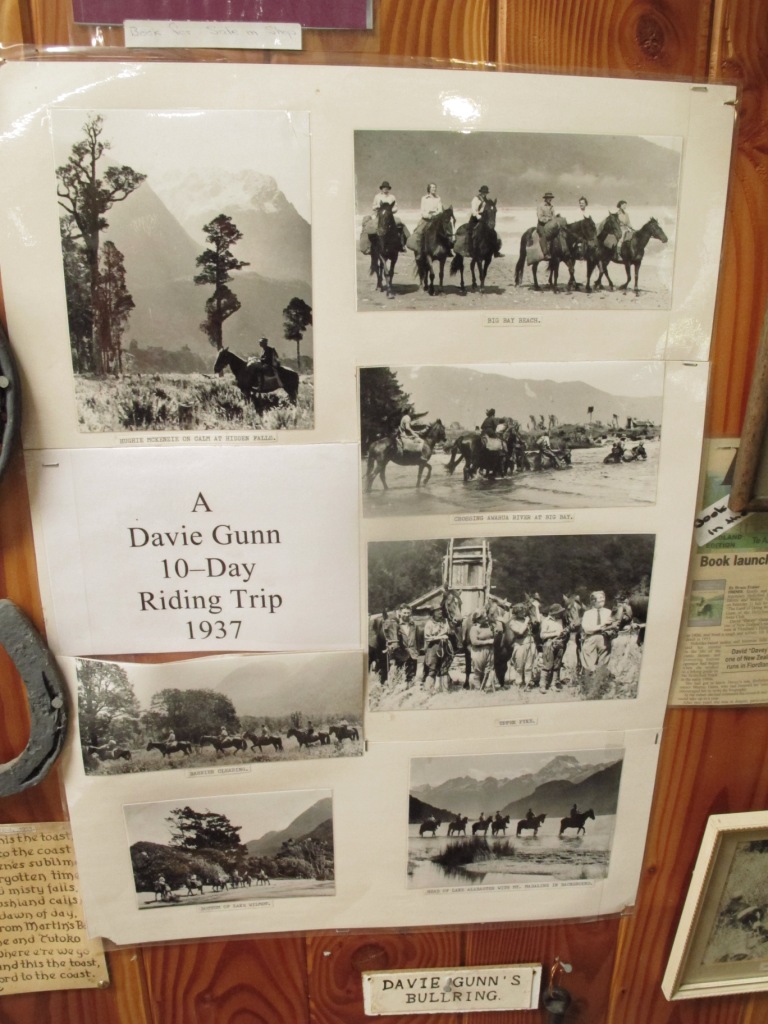

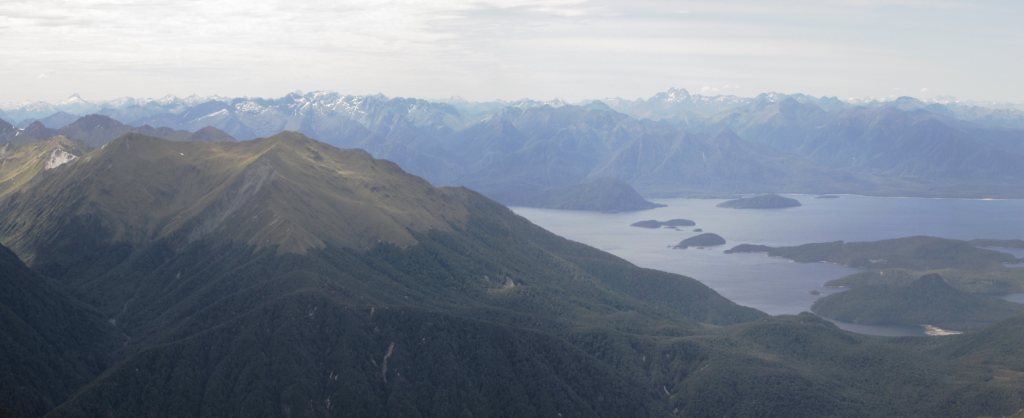

Deixa un comentari